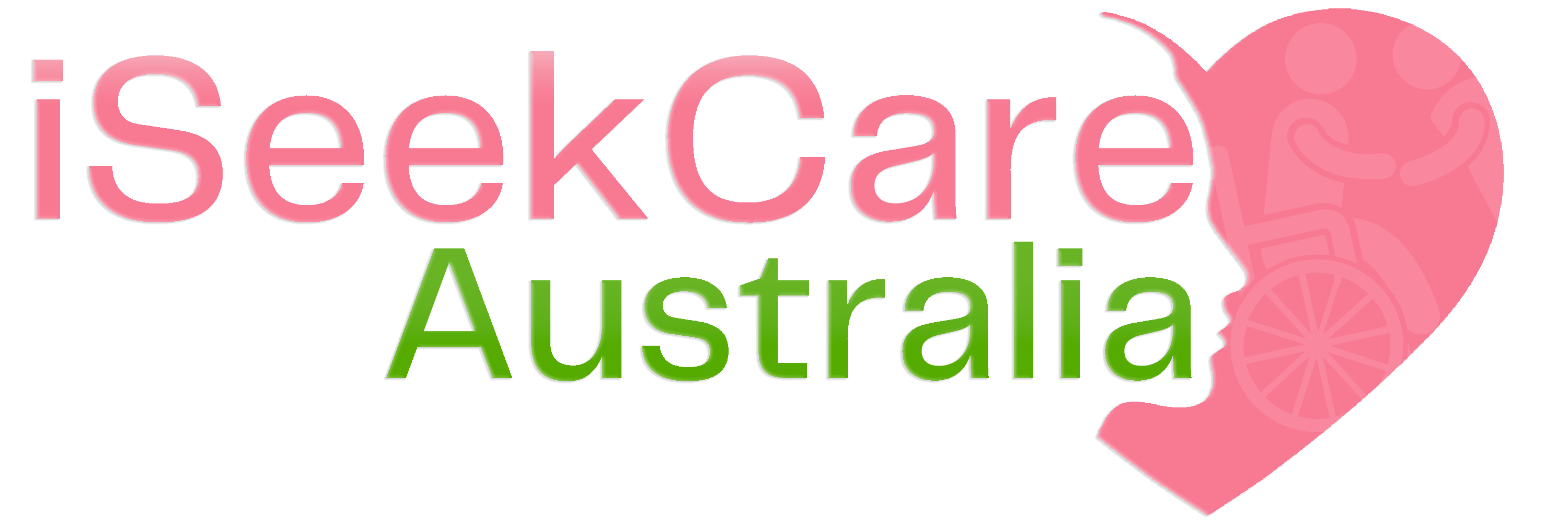Disability and Employment: Strategies for Inclusion in the Workplace
Employment is an important aspect of every adult’s life, as it allows them to earn a living and maintain their independence. However, individuals with disabilities often face a range of challenges in finding employment that accommodates their unique needs and abilities. Fortunately, there are a variety of strategies that can help promote inclusivity in the workplace and ensure that everyone has an opportunity to contribute their skills and talents. In this blog post, we’ll explore some of the ways that employers can create a more welcoming and inclusive environment for employees with disabilities.

1. Inclusive Hiring Practices
One of the most important strategies for promoting diversity and inclusion in the workplace is to prioritize inclusive hiring practices. This means taking steps to actively seek out candidates with disabilities, as well as offering accommodations during the application and interview process to ensure that everyone has a fair shot. Employers should also make an effort to communicate their commitment to inclusivity through their job postings and company culture. By prioritizing inclusivity from the very beginning, employers can build a more diverse and dynamic team that reflects the needs and interests of everyone involved.
2. Workplace Accommodations
Another key element of inclusivity in the workplace is making accommodations for different types of disabilities. This can include everything from providing alternative work arrangements (like remote work or flexible scheduling) to ensuring that physical workspaces are accessible for employees with mobility issues. Employers should also be prepared to make accommodations for employees with sensory sensitivities, such as providing noise-cancelling headphones or adjusting lighting levels. By taking proactive steps to create a more accessible workspace, employers can help employees with disabilities feel more comfortable and supported in their roles.
3. Contributions of Employees with Disabilities
In addition to creating an inclusive environment that accommodates all employees, it’s important to recognize and celebrate the unique contributions that individuals with disabilities can bring to the workplace. By embracing different perspectives and skill sets, employers can tap into a wealth of creativity and innovation that might not be present in a more homogenous team. Hiring managers and team leaders should be open to exploring different types of experience and expertise, and be willing to adapt their work processes and expectations accordingly. When everyone feels valued and supported, the whole team benefits from greater engagement and collaboration.
4. Educating Managers and Staff
Finally, it’s worth noting that promoting inclusivity in the workplace is an ongoing process that requires ongoing education and training. Managers should be trained to recognize the unique needs and challenges of employees with disabilities, and be prepared to advocate for accommodations if necessary. Staff should also receive training on issues related to disability, inclusion, and accessibility, so that they can better understand and interact with colleagues who have different backgrounds and experiences. Encouraging open and honest communication at all levels can help foster a more supportive and collaborative working environment for everyone involved.
Conclusion:
By prioritizing inclusion, accessibility, and accommodation, employers can create an environment that celebrates diversity and promotes collaboration among all team members. Inclusive hiring practices, workplace accommodations, recognition of the unique contributions of individuals with disabilities, and ongoing education and training all play an important role in achieving this goal. By working together to create a truly inclusive workplace, we can build stronger teams and foster greater innovation and success across all industries.


